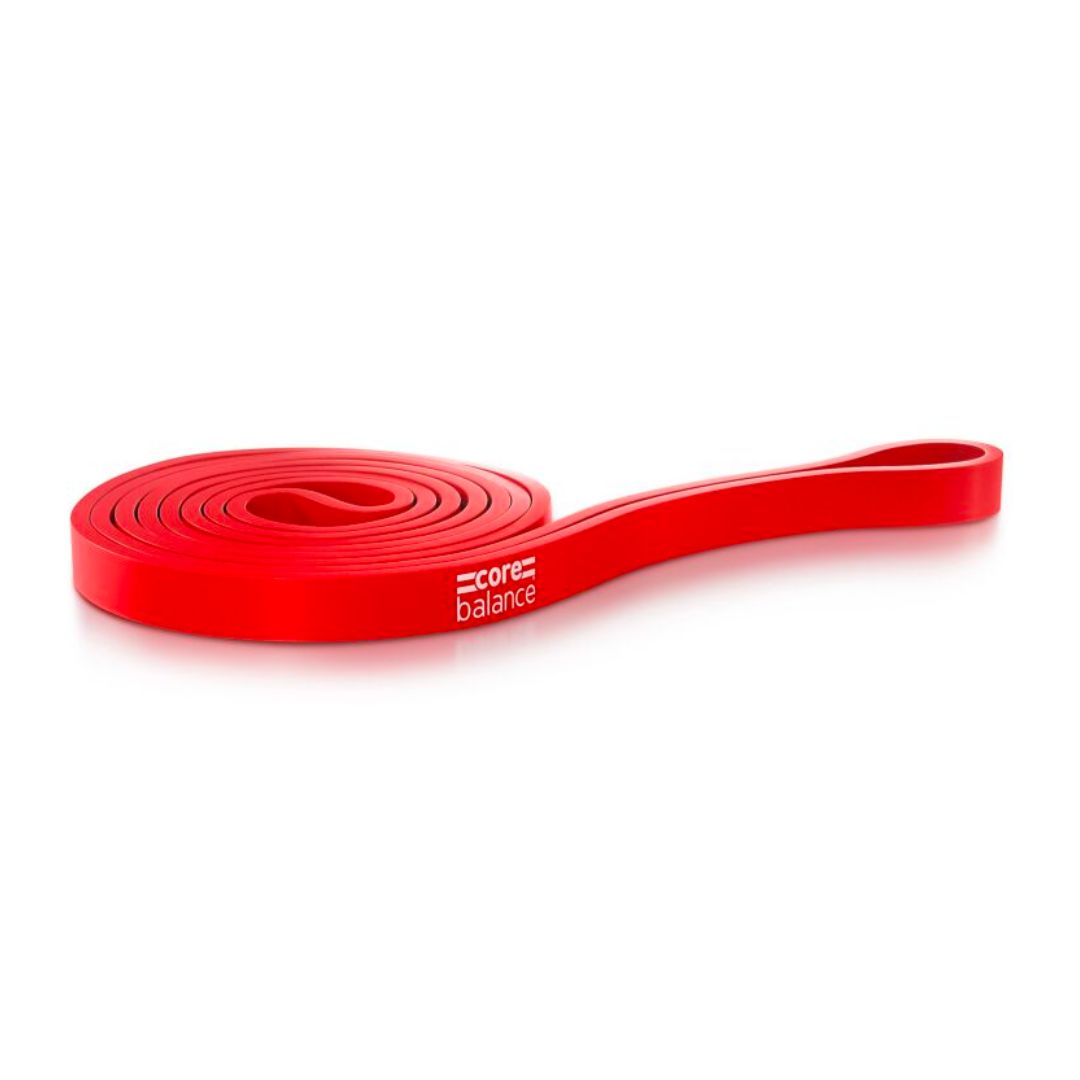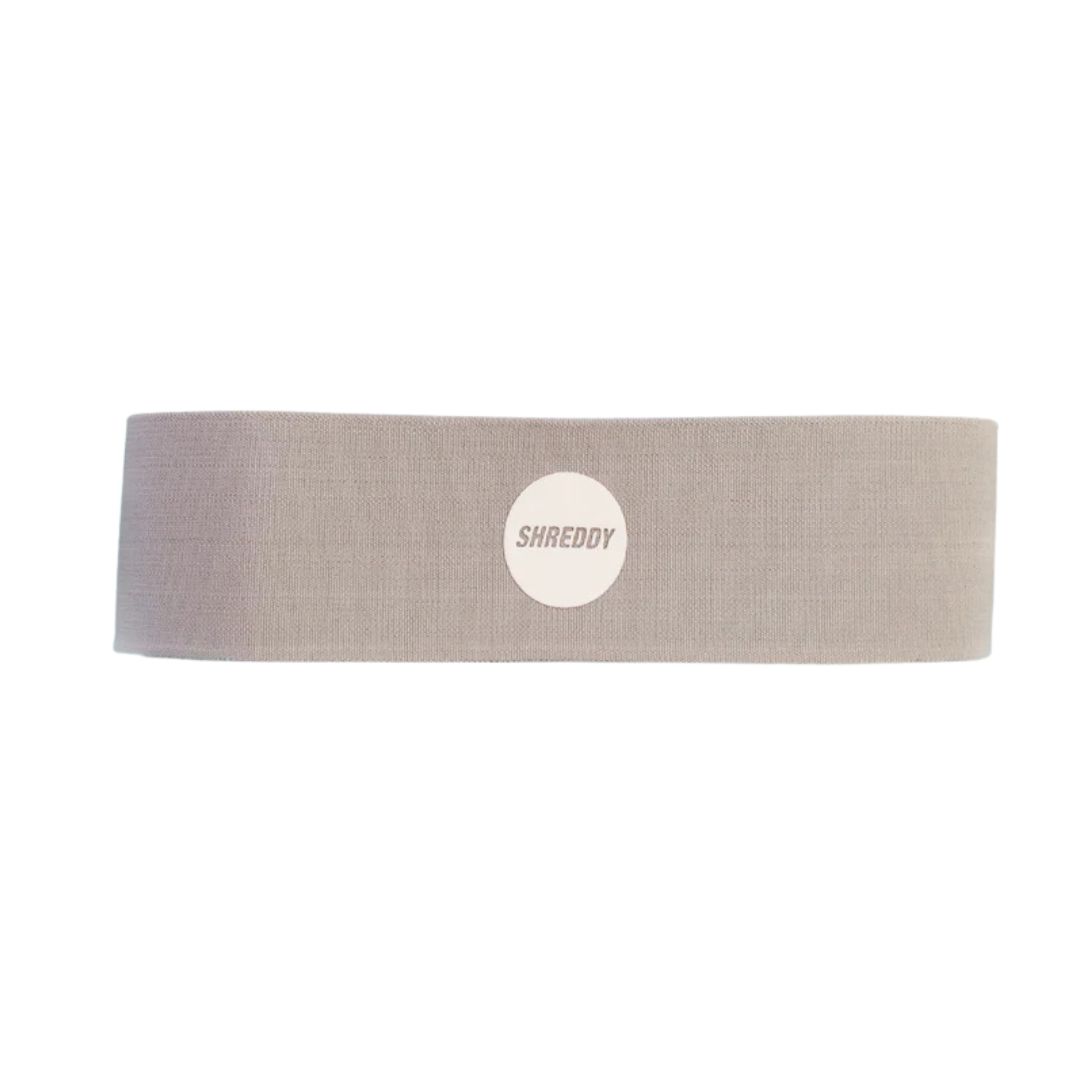Resistance bands are easily the most effective and affordable piece of fit kit - 7 benefits that will convince you to try
They can even rival dumbbells and barbells.
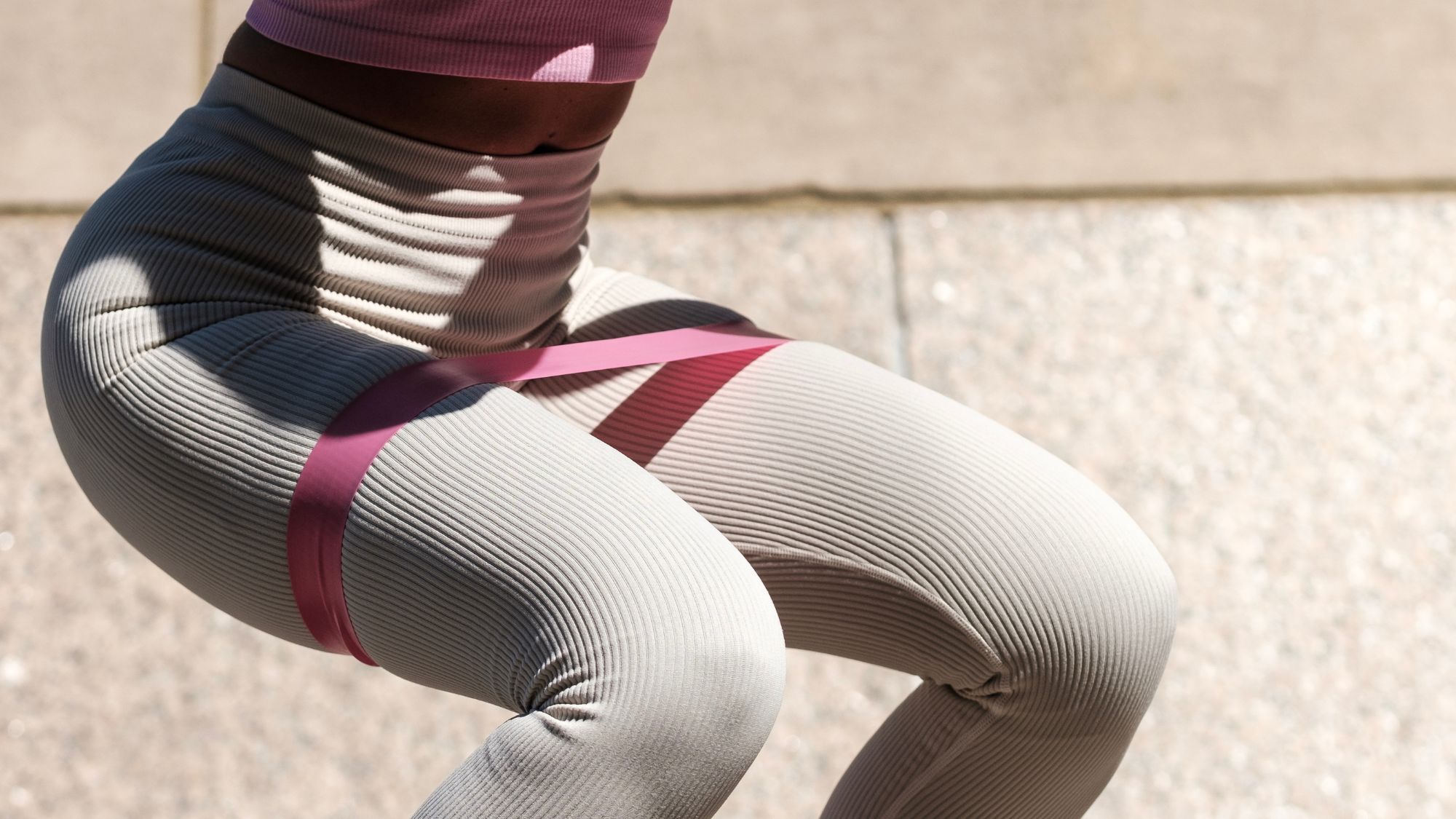

If you've seen countless resistance band workouts on your FYP, YouTube homepage and Instagram feed, you might be wondering: what are the benefits of resistance band workouts?
It's always good to be curious about these things, especially with so many ineffective workouts out there that are best avoided. However, you can be rest assured that, before you Google how to make resistance band workouts effective, they're a seriously impactful tool to train with.
Let's look at the research: in a 2019 review and meta analysis comparing resistance bands to traditional strength training (eg free weights and machines), researchers from Brazil concluded that banded resistance training promotes similar strength gains. In short: resistance bands are just as effective as any other piece of gym kit.
Shocked? Me too. As a fitness trainer and health editor, I incorporate resistance band exercises in my workouts often, working both my upper and lower body. But until recently, even I believed that the small bands couldn't quite rival a heavy barbell.
How wrong I was, though. Below, I get into the many benefits of resistance bands, from how easy they are to use, to how affordable they are for any price point.
Below, I deep dive into the many pros of banded workouts. Want to read more about resistance band workouts? Check out our guides to resistance band leg workouts, resistance band core workouts and resistance band arm workouts. We've also got guides to the best resistance band leg workouts for beginners and the best resistance band arm workouts for beginners, for any newbies.
7 benefits of resistance bands that'll convince you to give them a try
1. They build strength
The biggest perk to using resistance bands is that they can build serious strength. We need to build - or at least maintain - our strength in order to feel functional and capable in our daily lives, improve our athletic capability for any sports or hobbies we enjoy, and prevent disease.
Marie Claire Newsletter
Celebrity news, beauty, fashion advice, and fascinating features, delivered straight to your inbox!
One small study found that an eight-week resistance band programme improved strength outcomes in moves including squats, calf presses, bench presses, bicep curls and shoulder presses more than traditional power training. In the bench press, for instance, participants added an average of 6kg to their lifts after the eight weeks of resistance band training.
Another benefit of resistance bands is that they provide variable resistance. That means that the tension increases with more stretch, allowing for a continuous force on the muscle throughout the movement, especially at the end range where the band is stretched the most. Loading a muscle at the end range is associated with improved strength and power outcomes.
2. Improves mobility and flexibility
Loading a muscle at its end range also improves mobility, joint health and range of motion. Indeed, an eight-week resistance band shoulder training programme has been shown to improve mobility in various different elements of shoulder range in studies.
You can also use resistance bands to effectively support flexibility training. Improve flexibility is a side-effect of resistance band training, but you can also use your resistance band to help you stretch muscles. For instance, using it to reach your back leg in a low lunge to deepen the quad stretch.
@soderlindjennie ♬ Fortnight by Taylor Swift - Music Society 🎶
3. They're accessible and affordable
Arguably the best thing about resistance bands is you can bag up the strength and mobility gains and take them anywhere. Travelling and without access t a gym? You can maintain your muscle with bands. Early in your fitness journey and wanting to learn the ropes? You can lift bands from home. Can't afford to kit out a whole home workout space? Resistance bands are a cheaper alternative.
4. They reduce your risk of injury
If you're worried about injuries from strength training, don't be. It's a safe and effective way to train, while also reducing your likelihood of getting injured in your day-to-day life and reducing aches and pains.
However, resistance bands can be a lower-impact way of training. There is less strain on muscles and joints than when loading the body with heavy weights, so might be appropriate for those with pre-existing injuries or discomfort.
5. They encourage you to try varied types of training
While resistance bands are comparable to strength training, there are plenty of ways you can use resistance bands to improve your fitness. You could use them in Pilates and barre classes to increase the burn during muscular endurance exercises or in mobility training.
You can also use them to reduce load on the body - for instance, standing in a resistance band when doing pull-ups will help get your chin to the bar. You can also use them to 'activate' or warm up a muscle, or use them as additional resistance when weight training.
Resistance bands are also studied for their ability to improve athletic performance: one study found power training with resistance bands improved football performance. They're also a brilliant tool for rehab in athletes, the elderly or injured populations.
Are there any disadvantages to using resistance bands?
The main disadvantage of using resistance bands is that it can be hard to continue to progress your training.
When we're building strength, we need to progressively overload the muscles. This means we need to add more weight over time. It can be hard to do that with resistance bands as they'll typically loose resistance as they're stretched over time.
Instead, the best bet is to buy a variety of strengths so you can increase the resistance when you feel able to. Alternatively, you can increase the reps instead of the weight.
So, are resistance bands worth trying?
In a word: yes. If you're training hard (aka finishing sets feeling like your last rep or two were a struggle) with resistance bands then you'll be on your way to improving your strength and fitness.
They are also a great tool to have for travelling, stretching and Pilates workouts.
Top tip, though: do keep an eye on how they stretch over time and get ready to replace them whenever necessary.
"I've been incorporating resistance bands into my workouts for a year - and swear by them"
Senior Health Editor Ally Head has been incorporating resistance bands into her home workouts for the last year now - and she's been surprised by how effective they can be at targeting smaller, harder to reach muscles.
"As a runner who's always trying to maintain my strength to make sure I stay injury free, I've long strength trained at home, normally opting for kettlebell and dumbbell sessions that work my full body."
"However, at the end of last year, I decided to mix things up a bit and start incorporating both ankle weights and resistance bands into my home workouts to ensure I was working out all of the right muscles and continuing to progress my fitness, rather than letting it plateau. I'd spoken to several qualified professionals who raved about the benefits of resistance bands for strengthening your ankles, knees and hips (your essentials, as a distance runner) and further, working out all of the smaller, oft-overlooked muscles that bigger weights can miss."
"A year on and I'm a total convert. Not only have they upped the resistance for my home training, but they've made strength training while on holiday or away on press trips doable. I loved the variation they added to my sessions, too - mixing things up sometimes is key to maintaining both interest and progress."
Keen to give use resistance bands to stretch with? I've provided one of my go-to's, below.
Shop MC UK's favourite resistance bands now:
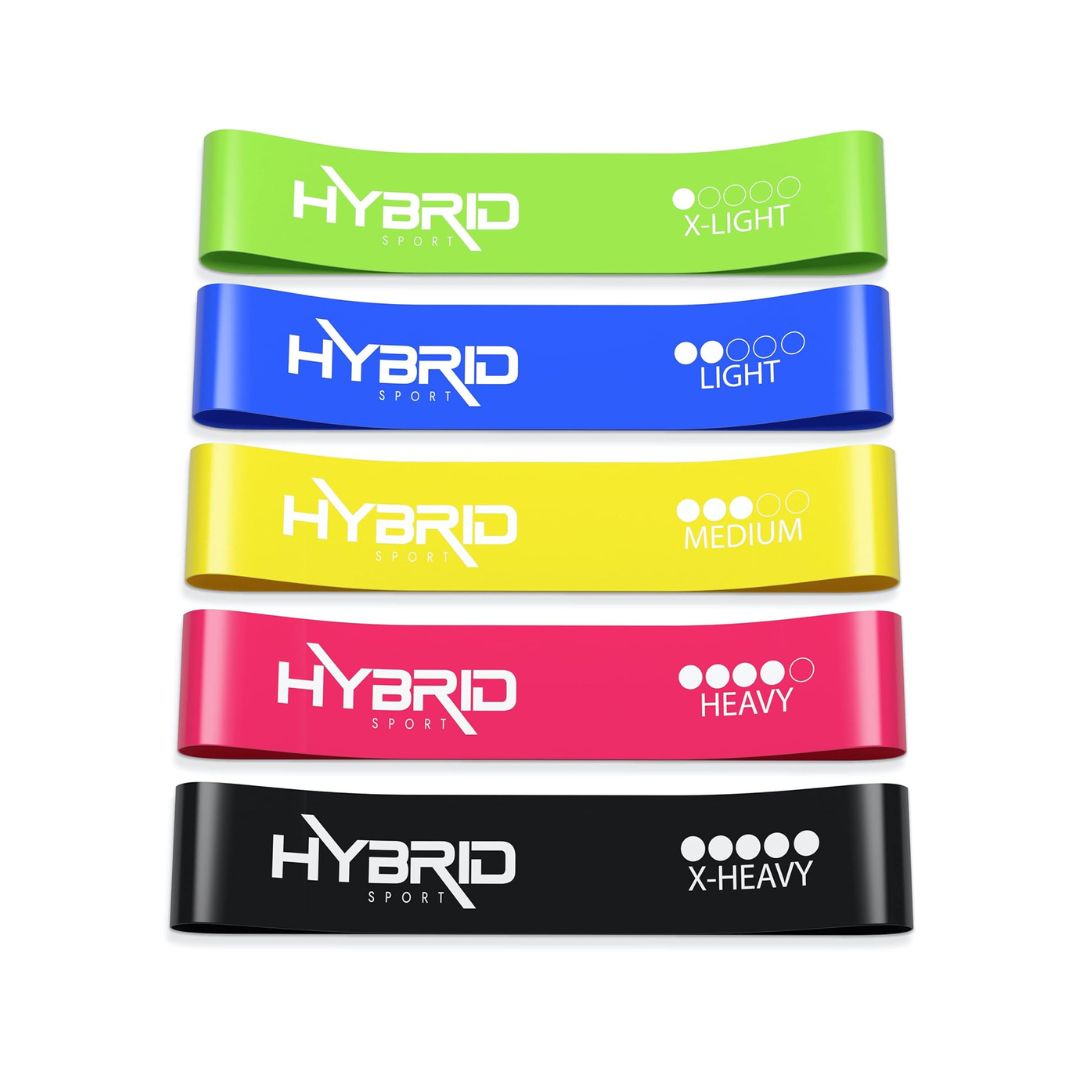
These are best for Pilates, barre and mobility training as they have a little more stretch - perfect for pulsing and working to your end range of motion.

Chloe Gray is a freelance journalist who writes and talks about health, fitness, and wellbeing through a feminist lens. She was part of the launch team for Stylist magazine's fitness brand, Strong Women, and has written for i news, Women's Health, Red magazine, Good Housekeeping, Refinery29, and more. She's all about building mental and physical strength, eating delicious food that fuels you well, and making the fitness industry more accessible and enjoyable. She's also a qualified fitness trainer and research nerd, so you can be sure everything you read is backed by proper science.
-
 The 5 wedding dress trends every modern bride needs to know
The 5 wedding dress trends every modern bride needs to knowThe experts have spoken
By Lauren Cunningham
-
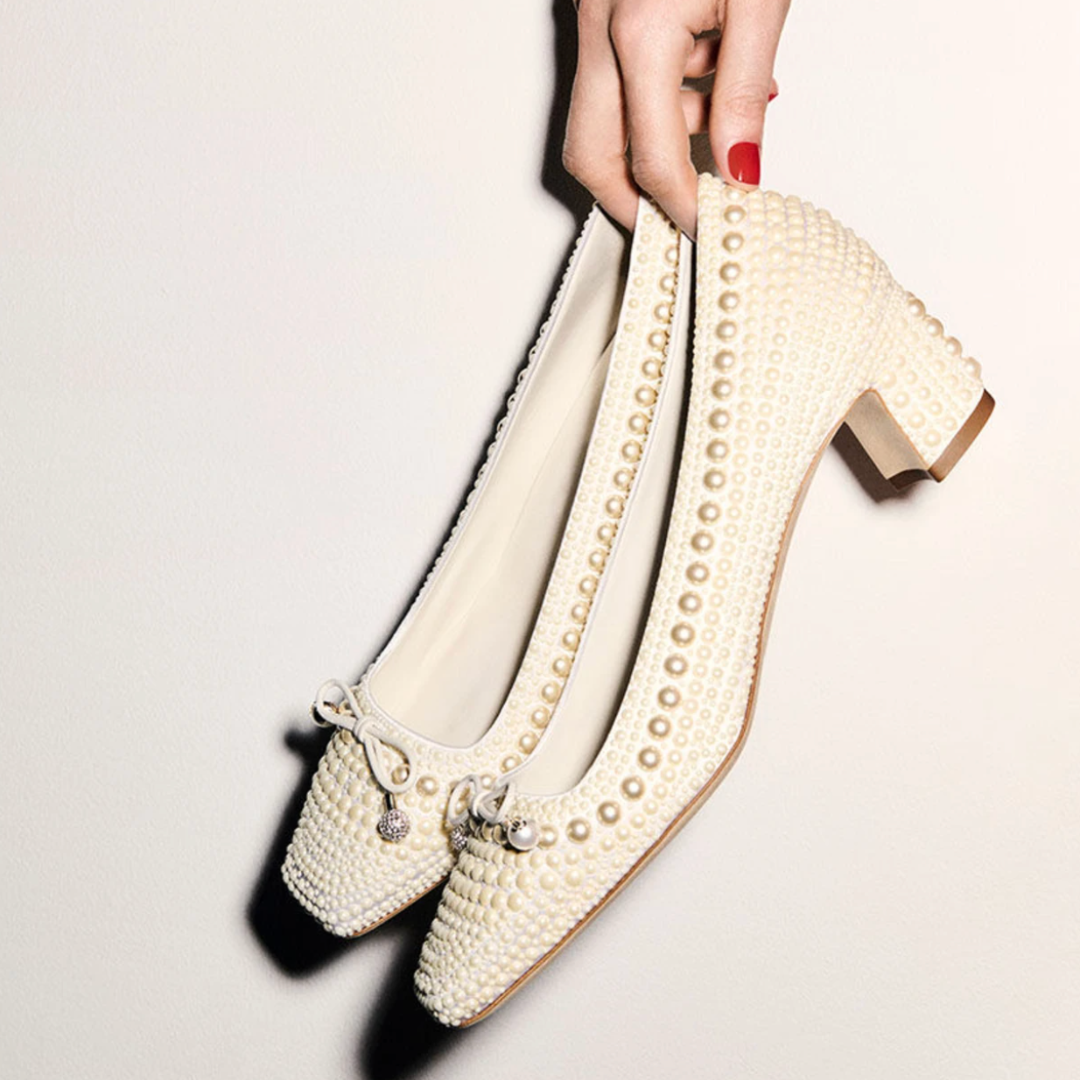 These are the best wedding shoes you'll want to walk down the aisle in
These are the best wedding shoes you'll want to walk down the aisle inSomething new, something blue
By Lauren Cunningham
-
 The best wedding dresses for every bridal style and budget
The best wedding dresses for every bridal style and budgetThese are the standout gowns of 2025
By Lauren Cunningham
-
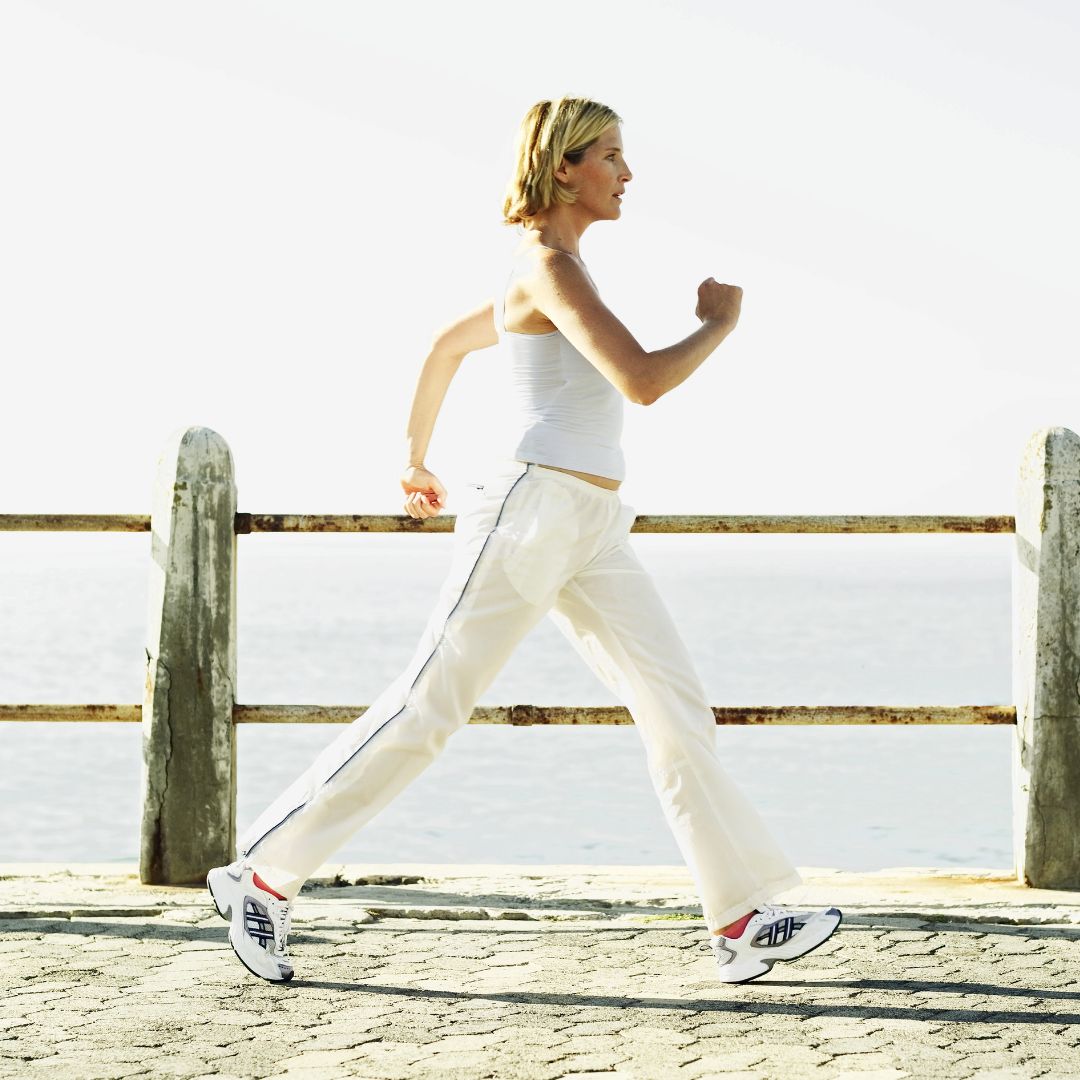 Power walking is the latest trending workout - and it promises to supercharge your health in the simplest way
Power walking is the latest trending workout - and it promises to supercharge your health in the simplest wayKeen to find out more? Step this way...
By Rebecca Shepherd
-
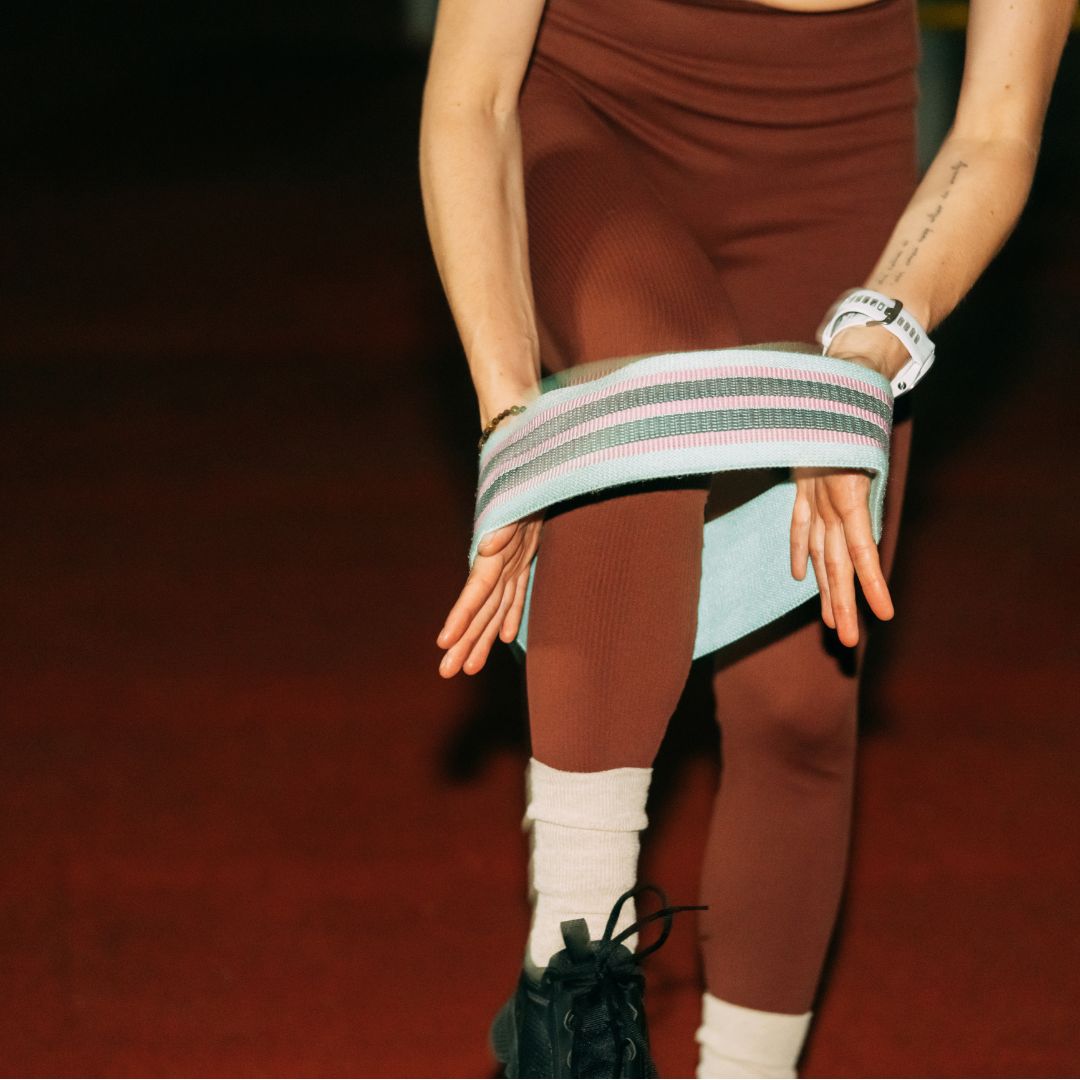 Resistance bands are a seriously effective tool for growing your glutes - 6 best banded glute workouts for beginners
Resistance bands are a seriously effective tool for growing your glutes - 6 best banded glute workouts for beginnersGet strong from home.
By Katie Sims
-
 Fan of low-impact sessions? These are officially the 7 best Pilates apps for boosting strength, tone and mood
Fan of low-impact sessions? These are officially the 7 best Pilates apps for boosting strength, tone and moodYou can thank us later.
By Katie Sims
-
 I tried STOTT Pilates at home every day for a week - and I've fallen for the trending workout hook, line and sinker
I tried STOTT Pilates at home every day for a week - and I've fallen for the trending workout hook, line and sinkerYou'll want to give this one a go.
By Katie Sims
-
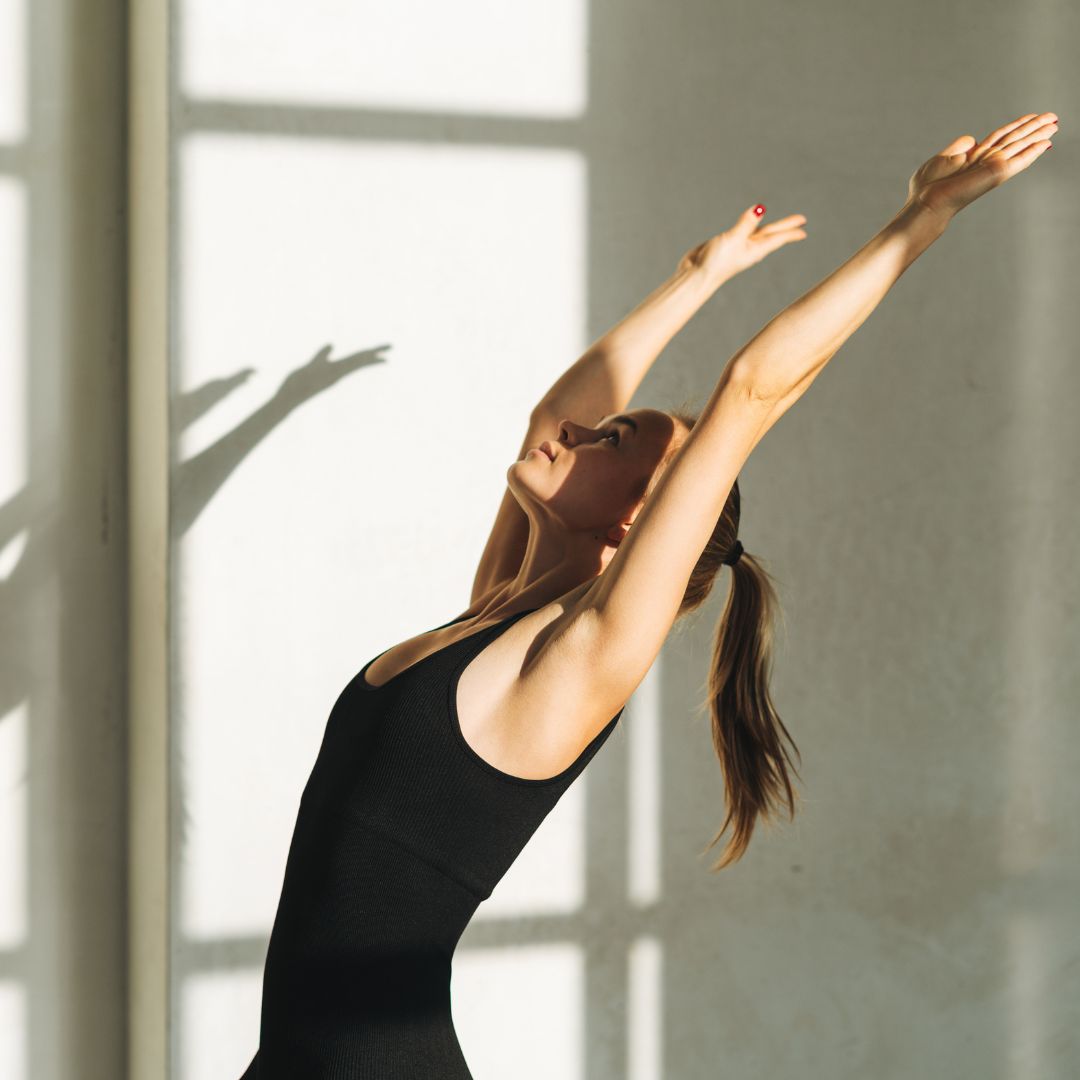 Keen to get Reformer results without the hefty price tag? 5 best Pilates boards to upgrade your home workouts
Keen to get Reformer results without the hefty price tag? 5 best Pilates boards to upgrade your home workoutsThey're great for small spaces, too.
By Amelia Yeomans
-
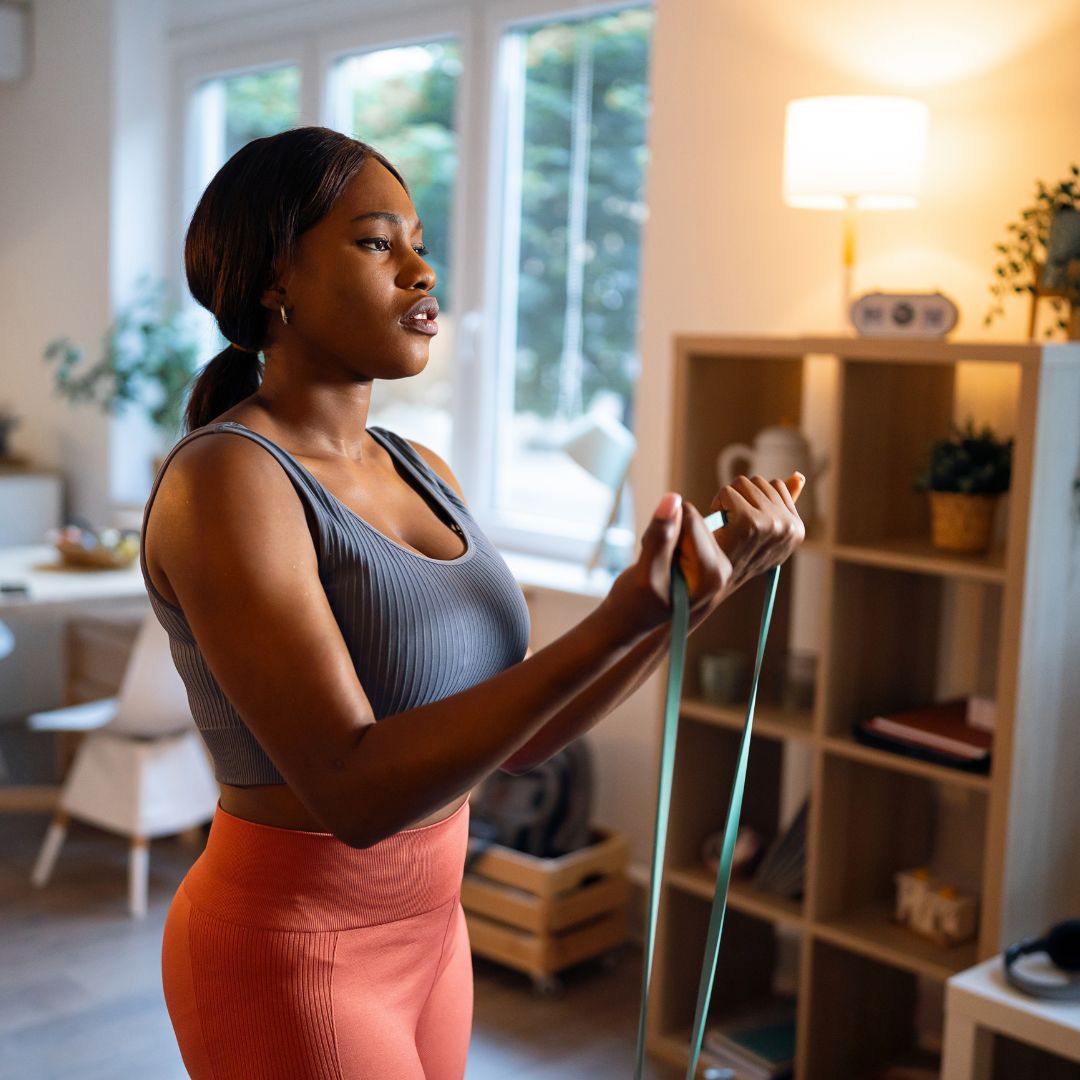 Eager to get strong from home? 6 advanced resistance band full body workouts that'll boost tone, balance and flexibility
Eager to get strong from home? 6 advanced resistance band full body workouts that'll boost tone, balance and flexibilityYes, you can get strong without weights.
By Anna Bartter
-
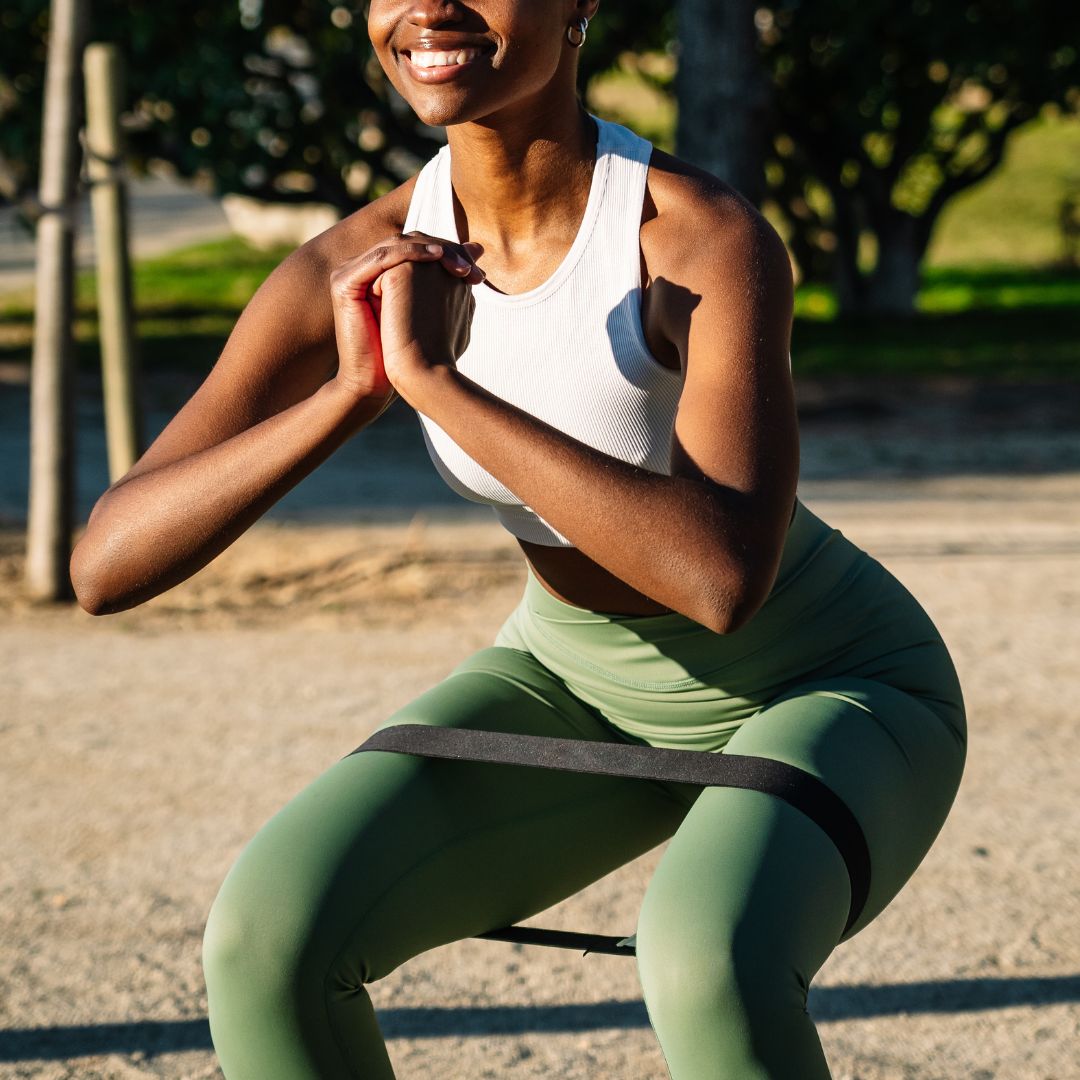 Loving your home workouts this year? 5 best YouTube resistance band workouts that are free *and* effective
Loving your home workouts this year? 5 best YouTube resistance band workouts that are free *and* effectiveSave these for later.
By Anna Bartter
-
 Short on time and eager to make cardio fun? These are, hands down, the best 10-minute walking workouts
Short on time and eager to make cardio fun? These are, hands down, the best 10-minute walking workoutsGet your step on.
By Katie Sims

